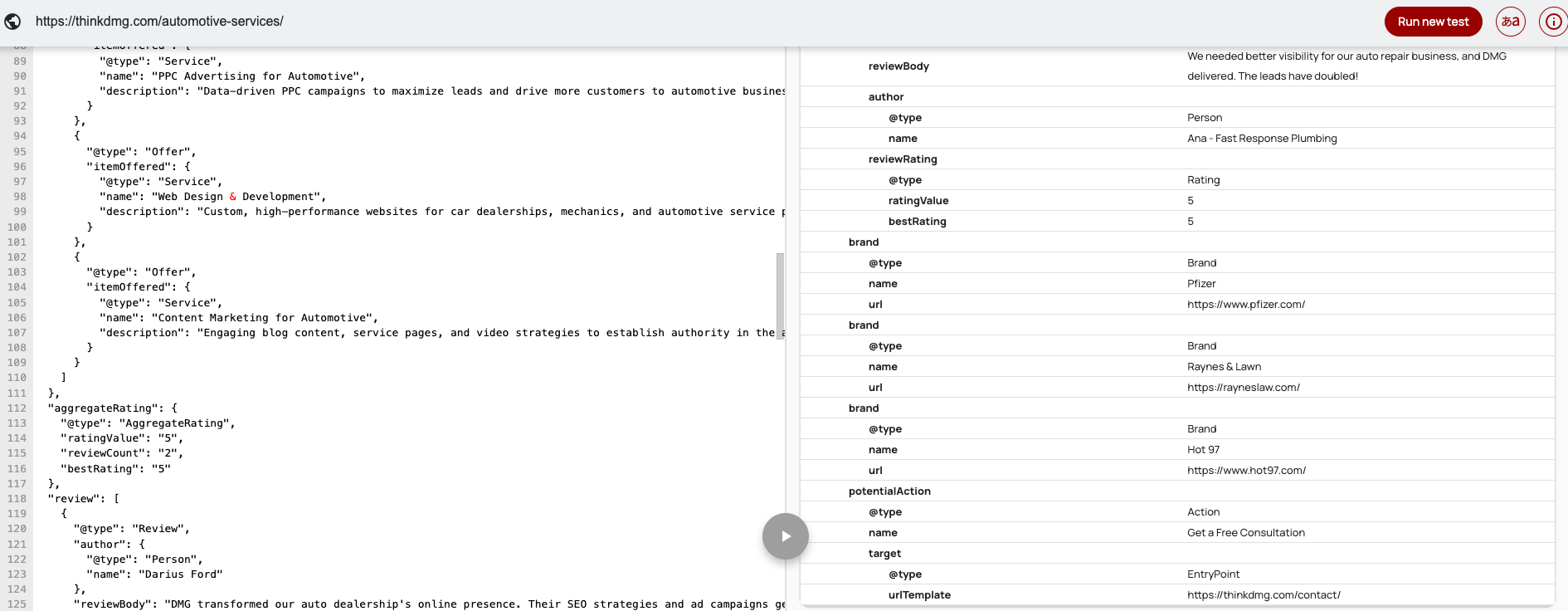Introduction: The SEO Shift You Can’t Afford to Miss
Imagine pouring your marketing budget into traditional SEO—only to discover your competitors are already riding a new wave called GEO (Generative Engine Optimization). Suddenly, your “best HVAC in South Jersey” page is invisible to AI-powered searches like Google’s SGE or ChatGPT. Sound like a nightmare?
That’s because it is.
In 2024, the evolution from traditional SEO to GEO isn’t just a buzzword—it’s a strategic necessity for local businesses. In this guide, we’ll break down what GEO is, how it compares to traditional SEO, and what steps your South Jersey business can take right now to gain visibility in AI-powered search results.
✅ Quick Summary: GEO vs. Traditional SEO
What’s the difference?
Traditional SEO helps your site rank in the top 10 Google results. GEO (Generative Engine Optimization) helps you become the single AI-generated answer shown in tools like Google SGE, Bing Copilot, and ChatGPT.
Why it matters in 2025:
Search results are shrinking. AI delivers one answer, not ten. GEO ensures your business is the one users (and machines) trust.
What Is Traditional SEO?
The Basics
Traditional SEO focuses on optimizing websites to rank higher in organic search engine results—think Google’s 10 blue links. It involves:
- On-page SEO: Keyword targeting, meta descriptions, headers, and internal linking.
- Off-page SEO: Backlinks, social signals, citations.
- Technical SEO: Site speed, mobile-friendliness, structured data.
Pros:
- Time-tested and still relevant.
- Great for long-term visibility and authority.
- Familiarity across industries.
Cons:
- Slow to deliver results.
- Less adaptive to how AI search engines process information.
- Relies heavily on user queries staying keyword-based.
What Is GEO (Generative Engine Optimization)?
The Next Evolution in SEO
GEO is about optimizing your digital presence for AI-driven platforms like Google’s Search Generative Experience (SGE), ChatGPT, Bing Copilot, and others that generate answers, not just links.
Key Components:
- AI-friendly structured data (schema, FAQs).
- Conversational, natural language content.
- Entity-based SEO (making your brand part of a knowledge graph).
- Contextual relevance—not just keywords, but intent.
Why This Matters:
AI is no longer pointing users to a list of links—it’s curating single answers. You don’t want to be just “page one.” You want to be the answer.
GEO vs. Traditional SEO: Head-to-Head Comparison
Feature |
Traditional SEO |
GEO (Generative Engine Optimization) |
Focus |
Keywords | Entities & Context |
Primary Goal |
Rank higher in search results | Be featured in AI-generated answers |
Best for |
Blogs, eCommerce, long-term SEO | Local businesses, service providers |
Content Style |
Optimized but structured | Conversational and natural |
Tools Used |
Yoast, SEMrush, Moz | ChatGPT, Schema Markup, NLP analysis |
Ranking Factors |
Backlinks, on-page SEO, UX | Trustworthiness, factual authority |
Speed to Rank |
Weeks to months | Often quicker with proper structuring |
Why GEO Matters for Local Businesses
1. AI Is Rewriting the “Near Me” Search
Searches like “best roofer near me” are now answered directly by AI summaries. If your business info isn’t structured correctly or lacks reviews, you’ll get skipped—even if your SEO is solid.
Tip: Use schema markup to help AI understand your location, services, and reviews.

2. Visibility Is Shrinking—Only One Business Wins
GEO-fueled results often highlight one business, not ten. That means second place is as good as invisible.
Action Step: Optimize your Google Business Profile with rich media, Q&As, and localized updates.
3. Contextual Relevance Is King
AI prioritizes “helpful, people-first content.” That means your site should mention things like “serving Moorestown & Marlton homeowners since 2010”—not just “roof repair.”
Human Touch: Add client stories or hyper-local blog posts (e.g., “Winter Roofing Tips for South Jersey Homes”).
How to Transition from Traditional SEO to GEO
Step 1: Rebuild Content Around Questions & Context
Traditional SEO says: “South Jersey HVAC Services.”
GEO says: “What’s the best HVAC company for emergency repair in Cherry Hill?”
Use tools like AlsoAsked or AnswerThePublic to find AI-style question queries.
Step 2: Implement Rich Snippets and Schema
Use schema.org for:
- LocalBusiness
- FAQPage
- Service
- Review
Use Google’s Structured Data Markup Helper or plugins like RankMath.
Step 3: Use Natural Language (Train for AI)
Write like you speak—because AI favors conversational tone. Include specific answers and common customer phrases in your service pages.
Instead of: “Our team provides gutter cleaning.”
Try: “We help South Jersey homeowners who need fast, affordable gutter cleaning—especially after a heavy rainstorm.”
Step 4: Build Entity Associations
Link your business to known local landmarks or events. Add mentions of “Washington Township,” “Glassboro,” or “Mullica Hill” in your site content and profiles.
Pro tip: Embed local maps, link to local news articles, or create “best-of” community guides.

Conclusion: The Future of Local Visibility Is Generative
GEO isn’t replacing traditional SEO—it’s refining it. But if you’re a local business in South Jersey and still clinging to old-school methods, you’re leaving visibility (and revenue) on the table.
By understanding the difference between GEO and traditional SEO—and acting on it—you can become the local favorite that AI search engines showcase.
Want to audit your GEO-readiness? Contact Digital Marketing Group, LLC for a free consultation. Let’s future-proof your local marketing today.
💬 Frequently Asked Questions About GEO
Q: What is GEO in digital marketing?
A: GEO (Generative Engine Optimization) is the practice of optimizing content to be picked up by AI-driven search engines that generate answers—not just display links. It focuses on schema markup, entity recognition, natural language, and local relevance.
Q: How does GEO differ from traditional SEO?
A: Traditional SEO focuses on keywords and backlinks to rank higher. GEO focuses on conversational language, schema, and context to help AI understand and recommend your business as the best answer.
Q: Is traditional SEO still relevant in 2025?
A: Yes, but it’s no longer enough on its own. Traditional SEO supports long-term visibility, while GEO gives you a shot at top placement in AI summaries and “zero-click” results.
Q: Who benefits most from GEO?
A: Local businesses like roofers, HVAC companies, attorneys, or med spas—especially those in South Jersey—who want to dominate “near me” and service-based queries.
Q: How do I optimize for GEO?
A:
- Use schema markup (FAQ, LocalBusiness, Review, etc.)
- Write in natural, question-based language
- Mention local areas like Glassboro, Marlton, or Washington Township
- Add PDF downloads, comparison tables, and client reviews
- Train your content for AI comprehension, not just human scanning
Q: What tools do I need for GEO optimization?
A: Schema Pro, RankMath, ChatGPT, Google’s Structured Data Testing Tool, and AnswerThePublic are all powerful GEO tools.
Q: Will GEO replace SEO?
A: Not entirely. GEO enhances SEO by preparing your content for how AI reads, ranks, and responds. The best strategy? Combine both.
